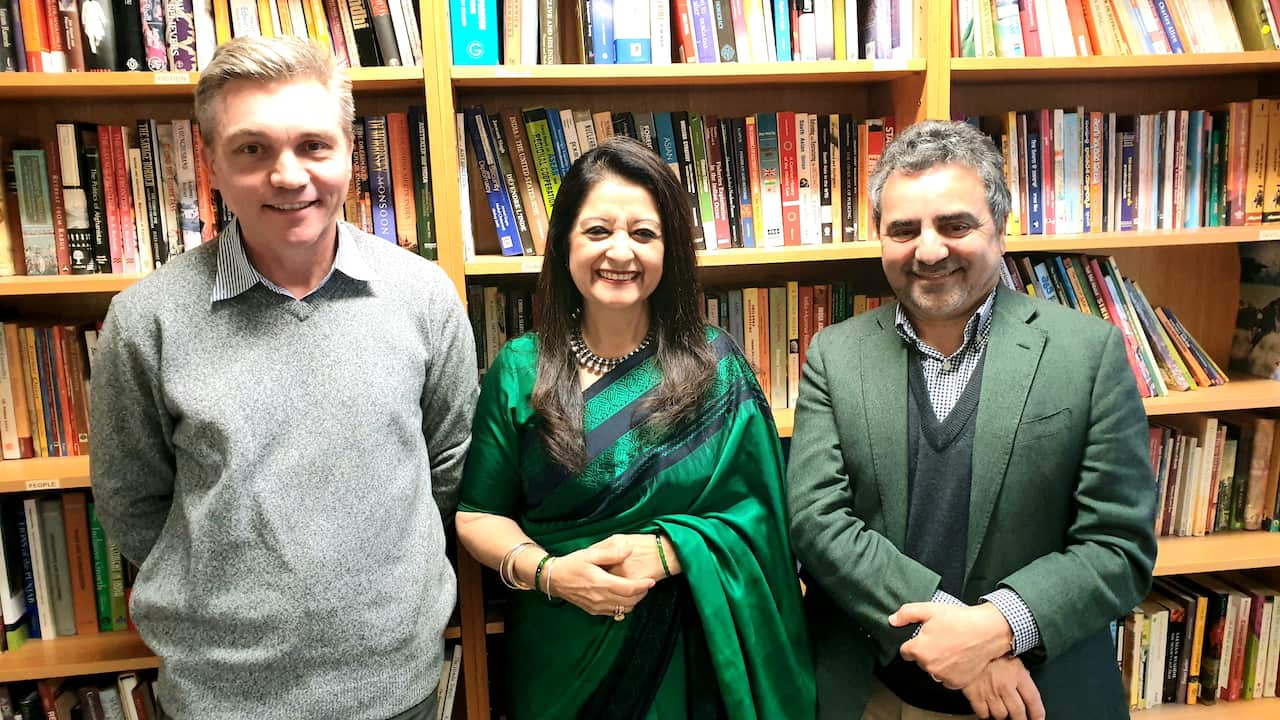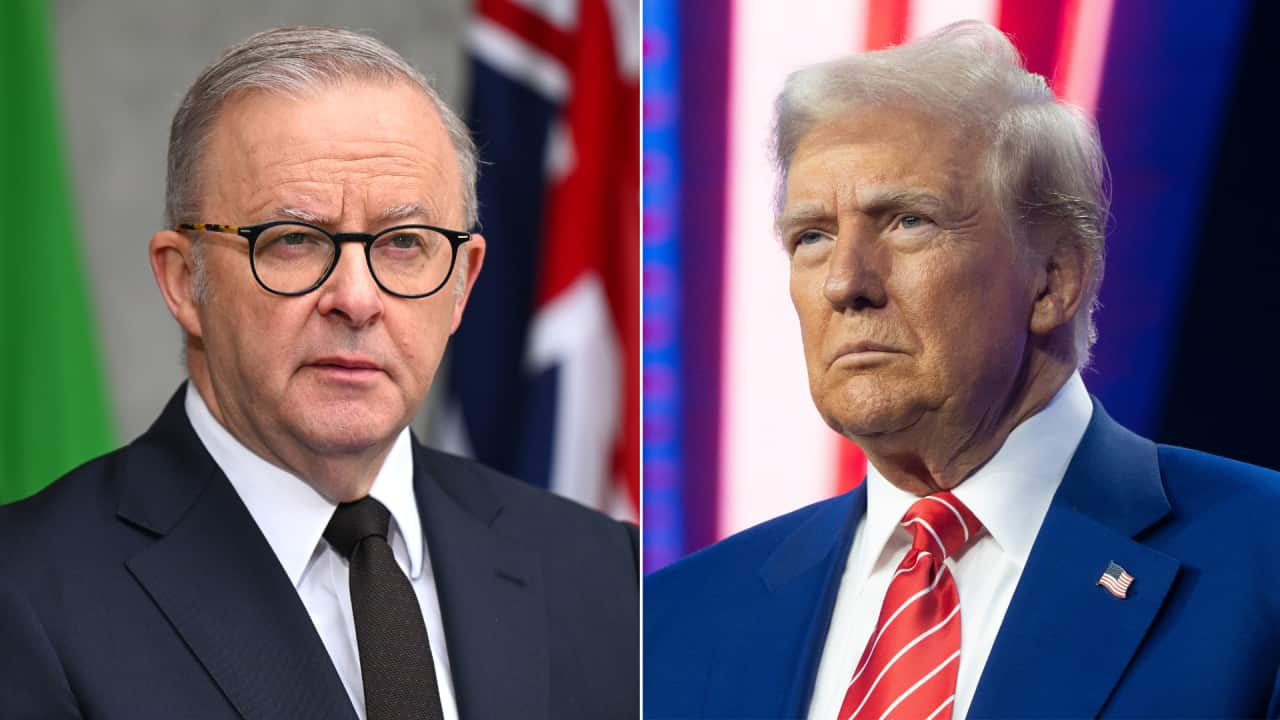In 2012, Julia Gillard, then Australian Prime Minister announced Hindi will be treated as a priority language - with every schoolchild being able to learn it - when she released Government's White Paper on "Australia in the Asian Century".
Hindi, one of the top ten most widely spoken languages in the world and Australia’s top Indian language, did not remain a priority language for long due to changes in the political landscape but has gained prominence over the years.
Hindi is taught in a few schools in Australia but a lot more needs to be done, according to linguists and educationists.
The campaigners have once again called for Hindi to be made a priority language in Australia.
Joseph Lo Bianco, Professor of Language and Literacy Education at the Melbourne Graduate School of Education at the University of Melbourne has said it is time to give Hindi a priority status.
“In 2012, one Prime Minister and that year, we had three, replaced Korean with Hindi as four favoured languages and other Prime Minister replaced it back, so that was the only time when Hindi was actually declared to be a language of significance for Australia’s external, economic and geopolitical strategies. And this has never been repeated so I think they should do that,” he told SBS Hindi. In a seminar held at the University of Melbourne in June 2019, experts discussed the poor state of Hindi education in Australia and how the situation can be turned around.
In a seminar held at the University of Melbourne in June 2019, experts discussed the poor state of Hindi education in Australia and how the situation can be turned around.

Richard Delacy, Mala Mehta OAM and Joseph Lo Bianco (from left to right) Source: SBS Hindi
“Some schools offer Hindi to their students in New South Wales. This has ensured that not only students of Indian background but all backgrounds are able to learn Hindi, which will come in very handy when we want to work with India which is one of the fastest growing economies at the moment,” said Mala Mehta OAM, President Honorary/Founder Teacher of the Indo-Australian Bal Bharatiya Vidyalaya Hindi School.
Richard Delacy, a preceptor in Hindi/Urdu and Director of Undergraduate Studies at Harvard University who has also authored ‘Elementary Hindi’ says the Indian community in Australia too can play a role in the rise of Hindi in Australia.
“I enrolled for a Hindi course in Australia and my language was refined when I visited India and interacted with people there. Similarly, parents here can introduce their children to Hindi at home. They can speak their language as well as introduce their kids to Hindi literature. That is the best way to learn. And when they [kids] visit India, they too can practise their language skills,” he said.
The Federal and the state governments of New South Wales and Victoria in recent times have funded programs to introduce Hindi among other languages from pre-school to VCE-level.
The Australian Curriculum, Assessment and Reporting Authority (ACARA) also has developed a special Hindi curriculum designed for school students.
But there is little awareness about the importance of the language and the program, say experts.
“There needs to be more awareness about these curriculums and apps designed to teach Hindi,” says Ms Mehta.









